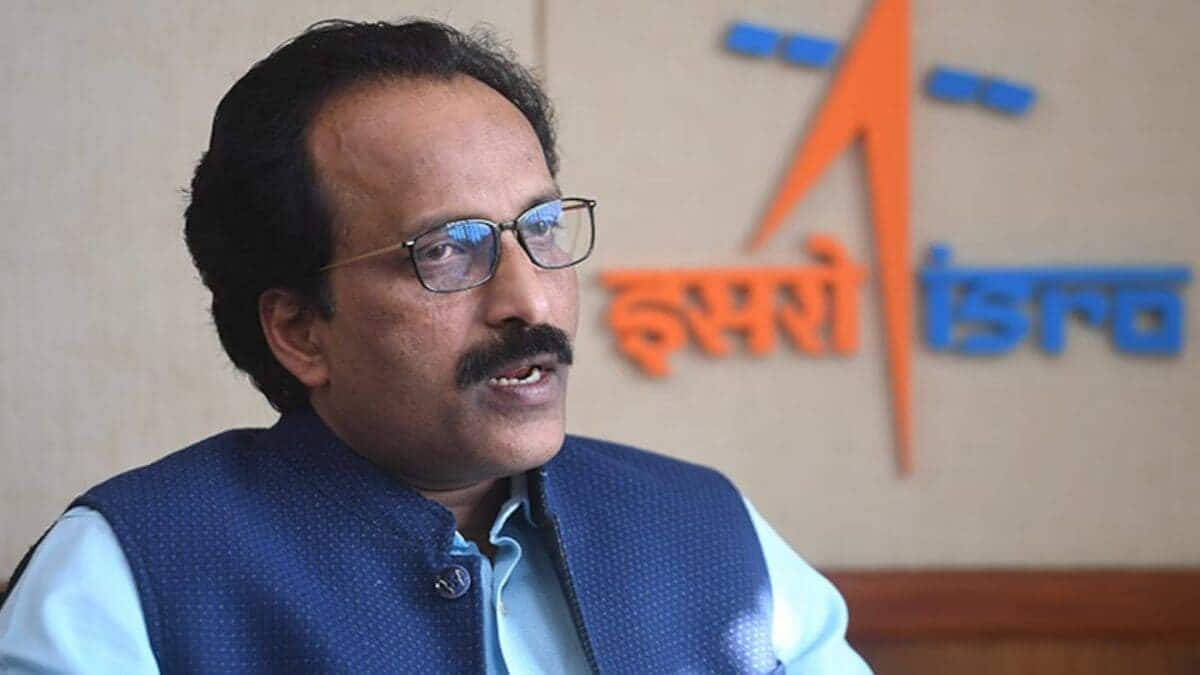
Chandrayaan-4 mission: Why ISRO plans to assemble modules in space
What's the story
Indian Space Research Organisation (ISRO) is gearing up for the Chandrayaan-4 mission, aiming to retrieve samples from the Moon.
ISRO Chief S Somanath disclosed that unlike previous lunar explorations, Chandrayaan-4 will be launched in separate modules and then assembled in space.
This innovative approach is necessitated because the proposed spacecraft's size surpasses the carrying capacity of ISRO's most potent rocket.
Docking innovation
New docking capabilities for Chandrayaan-4 under development
Somanath elaborated that the unique configuration of Chandrayaan-4 necessitates several launches because of the current limitations of ISRO's rockets.
"Our rockets aren't strong enough to handle the entire spacecraft at once," he stated at an event in Delhi.
To overcome this, ISRO is developing new docking capabilities that will enable the spacecraft parts to join together in both Earth and Moon orbits.
This capability is to be tested later this year with a mission called Spadex.
Lunar innovation
A novel approach in lunar missions
In lunar missions, docking is a routine maneuvre where part of the spacecraft lands on the Moon while the other one remains in orbit.
After collecting samples, the lander returns and docks with the orbiting module, forming a single unit again.
Assembling modules in Earth orbit isn't new and ISRO doesn't claim to be the first to attempt this.
However, Somanath noted that it's an unprecedented move specifically in lunar exploration.
Spadex mission
Spadex mission to test in-space docking
The Spadex mission will be ISRO's first demonstration of in-space docking.
Detailed study and review for Chandrayaan-4 have been finalized, and the mission's cost estimate will soon be submitted to the Indian government for approval.
Chandrayaan-4 is part of ISRO's Vision 2047, which includes plans for India's own space station by 2035 and sending Indians to the Moon by 2040.
Space station
India's future space station to assemble in space
Bharatiya Antariksh Station (BAS), India's future space station, will also be assembled in space through several launches.
The first segment of BAS will take off aboard LVM3 rocket, with the goal of having the first launch by 2028.
Future modules may be launched using an upgraded LVM3 or the Next Generation Launch Vehicle (NGLV), a heavy rocket currently under development.